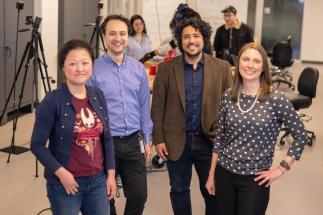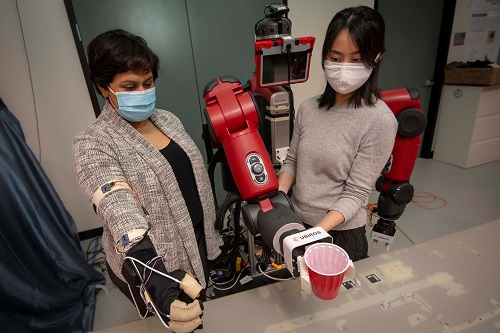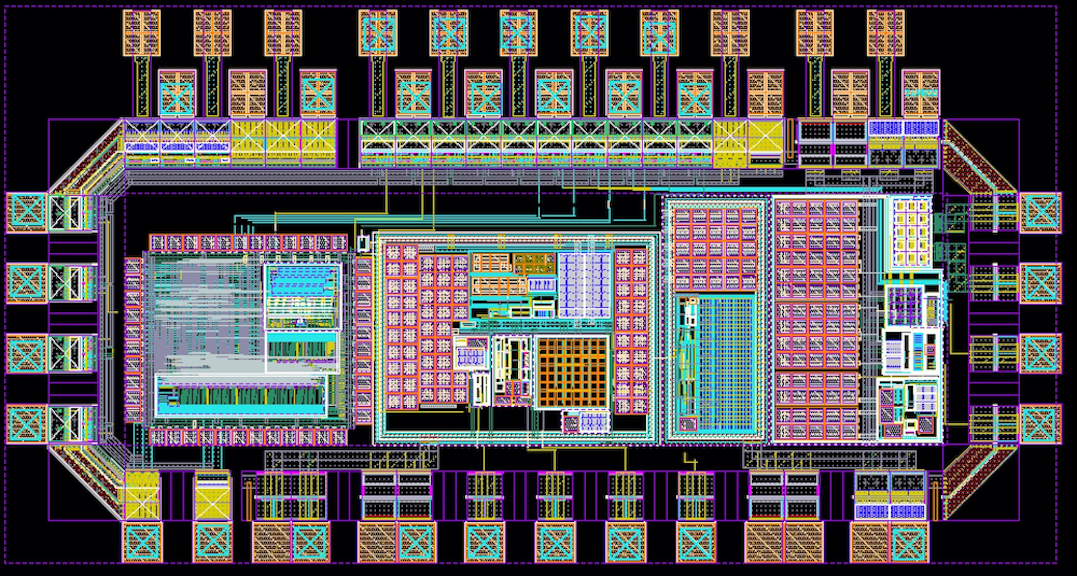Inspired by healthcare needs during the COVID-19 pandemic, Assistant Professor of Robotics Engineering Jane Li is leading a team of researchers on a project to develop advanced remote-controlled humanoid nursing robots that can help medical workers care for patients who are in quarantine or isolation.
The researchers, who expect to begin testing a new prototype this summer, are aiming to develop a user-friendly robot that can perform nursing-related tasks in settings where a high risk of contagion or infection threatens the health of nurses.
Although medical robots are used in major hospitals today, Li says, they are difficult to learn to use and difficult to operate, which often increases nurses’ workloads.
To solve this challenge, Li is continuing development of a Tele-Robotic Intelligent Nursing Assistant (TRINA), a mobile, humanoid robot that has arms equally strong and gentle to transport medications or infectious samples, help patients adjust their positions, and even lift and carry a patient. TRINA was developed at Duke University in 2016; Li was a postdoctoral researcher on the project.
According to Li, TRINA could benefit patients as well as healthcare staff who are dealing with an aging American population and a persistent nursing shortage.
“I understand the heavy workloads and the stress that nurses encounter, and their fear of being exposed to infectious diseases as they care for patients,” says Li, who is principal investigator (PI) on the project and director of WPI’s Human-Inspired Robotics Lab. “These TRINA robots can relieve physical and emotional stress on healthcare workers. We are hoping this will revolutionize patient care, a benefit that can extend to in-home care and clinics.”
The project is funded with a three-year grant of $731,329 from the National Science Foundation (NSF) in conjunction with the Centers for Disease Control and Prevention’s (CDC) National Institute for Occupational Safety and Health (NIOSH).







